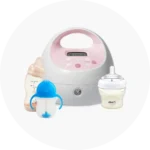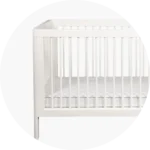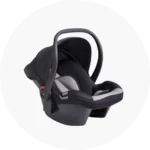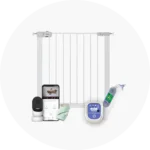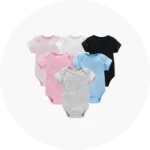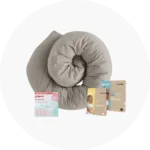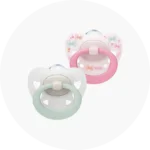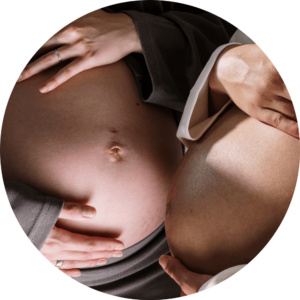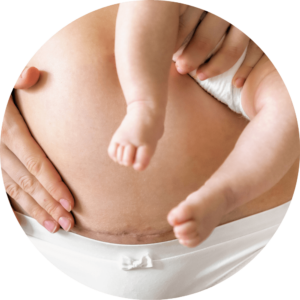Viral Comb Pain Relief for Labor: Does It Work?
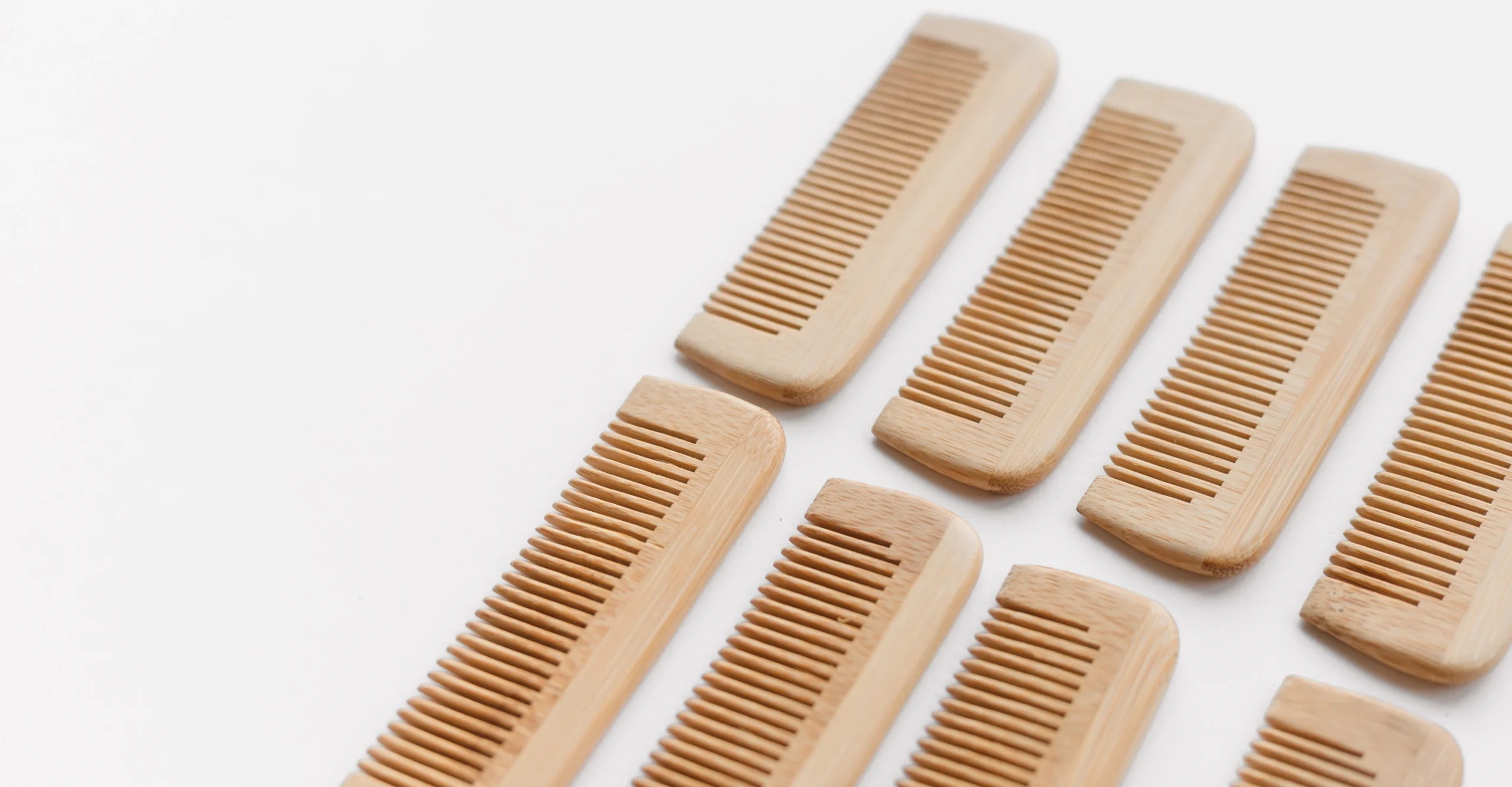

Last Updated: 28 March 2025

Labor is an extraordinary experience, filled with both powerful physical sensations and emotional intensity. For many birthing parents, finding natural, non-invasive ways to manage pain becomes a crucial part of preparing for childbirth. Surprisingly, one simple tool has gained popularity in recent years: the humble hair comb. While small and inexpensive, this everyday object can be a powerful ally in providing pain relief and fostering a sense of control during the birthing process.
Many who have tried this method swear by its simplicity. Gripping a comb in your hands during contractions not only distracts from the intensity of labor pains but also offers a sense of focus—an anchor in a moment when your body feels out of control. And the best part? It’s likely already sitting in your home, ready to become part of your birth toolkit.
What is a Birthing Comb?
A “birthing comb” is, quite simply, an ordinary hair comb. Whether it’s made of smooth plastic or natural wood, the key lies in how it’s used. When held correctly, with the comb’s teeth pressing into the palm, it can serve as a practical tool for pain management. Some prefer to grip it throughout labor, while others use it only during the peak of contractions.
The idea is to apply just enough pressure to your palm as the contraction builds, allowing the physical sensation to offer some reprieve from the discomfort.
What’s the Science Behind Using a Comb?
For many parents aiming for an unmedicated birth, complementary and alternative medicine (CAM) techniques, such as using a comb, play a vital role in pain management. Even if an unmedicated birth isn’t your goal, tools like the comb can still offer comfort and relief, especially in the early stages of labor.
The concept of using a comb for labor pain is based on the gate control theory of pain management. According to this theory, your brain can only process a limited number of signals at once. By gripping a comb during contractions, the sensation of the comb’s teeth pressing into your palm sends additional sensory signals to your brain. This can help “distract” or even block some of the pain signals coming from your contractions, providing a subtle but effective layer of relief.
Additionally, this method taps into acupressure principles. By applying pressure to specific points in your hand, similar to acupressure, the comb may trigger the release of endorphins—your body’s natural pain relievers. This not only reduces discomfort but also creates a grounding sensation, giving you something tangible to focus on as your body works through the contractions.
Acupressure itself has long been used during pregnancy and labor to address various discomforts, from nausea to back pain, and works by stimulating certain points on the body to promote relaxation and pain relief. Gripping a comb—or even having your partner or doula apply pressure to your hand—could, in theory, activate these points and contribute to pain relief during labor.
What do the experts say ?
Research into pain management techniques like acupressure, which is closely related to using a comb for labor pain, offers a mixed but hopeful picture. Some studies suggest that acupressure can reduce the duration of labor and the overall pain experienced. For example, a review of 27 studies found that acupressure might even reduce the likelihood of needing a cesarean delivery. This highlights the potential of non-invasive methods to positively impact birth outcomes.
Overall the consensus is that acupressure may help alleviate pain during labor, the reduction may not be substantial. More comprehensive research is needed to understand its full effectiveness. Gripping a comb, which draws on acupressure principles, aligns with these findings. Though research on the specific use of combs during labor is limited, the broader evidence on acupressure and distraction techniques supports their potential for natural pain relief. Many birthing parents have shared positive experiences with this method, further emphasising its power as a simple, accessible tool during labor.
Why Do So Many Parents Swear by This Pain Management Method?
The comb method has gained a loyal following among birthing parents for its simplicity, accessibility, and the sense of empowerment it brings. One of the key reasons this method resonates with so many is its affordability and ease of use. A comb is an inexpensive tool that requires no special training or preparation. Anyone can grab a comb and start using it during labor, making it a no-fuss option for those seeking natural pain relief.
Another reason parents love this technique is that it’s completely non-invasive. There’s no need for medication, injections, or any devices that alter your body’s natural rhythms. For those aiming for a more holistic birth experience, the comb offers a hands-on way to manage pain while maintaining full control over their body.
Lastly, the comb provides a sense of focus and control. Labor can feel overwhelming, and the comb acts as a grounding tool, giving parents something tangible to grasp—both literally and emotionally. It channels energy into a simple, repetitive motion, helping to redirect attention away from the intensity of contractions. Whether you’re walking, squatting, or resting, the comb is portable and can be used in any position, making it a versatile tool throughout the entire birthing process.
How to Use a Comb to Help Relieve Pain in Labor
The simplicity of using a comb for pain relief is what makes it such a powerful tool. Here’s a step-by-step guide to using a comb effectively during labor:
- Choose the Right Comb: While any regular comb can work, it’s best to select one with firm, not-too-sharp teeth that will press into your palm without causing discomfort. You want the comb to create pressure without hurting your hand, so opt for a comb that feels comfortable yet sturdy.
- Hold the Comb in Your Palm: Position the comb so the teeth are pointing toward your palm, right below where your fingers meet your hand. Grip it firmly, ensuring the teeth are pressing into your skin. Some prefer to hold the comb consistently throughout labor, while others find it helpful to only grip it during contractions.
- Squeeze During Contractions: As each contraction peaks, tighten your grip on the comb. The sensation of the comb’s teeth pressing into your palm helps to redirect your attention away from the pain of the contraction, offering a physical task that feels proactive and grounding.
- Combine with Other Techniques: The comb method can be easily paired with other pain relief techniques, such as breathing exercises, movement, or changing positions during labor. Using it in combination with these methods can provide an extra layer of support and relief as you navigate the labor process.
While some mothers swear by using a comb during labor, and the theory behind it makes sense, it’s still understudied to definitively claim it reduces labor pain. It can’t hurt to try! Pack a comb in your hospital bag, give it a shot, and see if it works for you. If it doesn’t provide relief, at least you’ll have a tool to tame your hair after labor. Ultimately, choose what makes you most comfortable in collaboration with your healthcare provider, because there’s no “right” way to give birth—just the way that’s right for you.
Key Takeaways
- The comb method is a simple and natural pain management technique that involves gripping a regular hair comb during labor to help distract from contraction pain.
- The science behind the comb method is rooted in the gate control theory of pain, which suggests that the brain can only process so many signals at once, allowing the sensation of the comb’s teeth to “distract” from labor pain.
- Gripping the comb engages pressure points in the hand, similar to acupressure, which may trigger the release of endorphins—your body’s natural pain relievers.
- Many parents love the comb method for its accessibility and non-invasive nature; it requires no special training, is low-cost, and offers a sense of focus and control during labor.
- The comb can be used alongside other pain management techniques like breathing exercises, movement, and labor positions to provide additional relief.
- While formal research on using a comb for labor pain is limited, studies on acupressure and distraction techniques suggest that they can help reduce discomfort during labor.
- Every labor is different, and while the comb method may work for some, it’s essential to have multiple tools in your pain management plan. The comb offers a simple, empowering option that many find effective.
Our Guidance Pledge
We’re dedicated to providing you with practical, evidence-based information to help you make the best choices for your growing family. All content is medically reviewed by our in-house doctor and/or experts such as OB-GYNs, doulas, and midwives, and is based on the latest international guidelines, peer-reviewed studies, and reputable sources from academic institutions and medical journals. Learn More
Sources
- Chen J. (2011). History of pain theories. Neuroscience bulletin, 27(5), 343–350. https://doi.org/10.1007/s12264-011-0139-0
-
Ozgoli, G., Mobarakabadi, S. S., Heshmat, R., Majd, H. A., & Sheikhan, Z. (2016). Effect of LI4 and BL32 acupressure on labor pain and delivery outcome in the first stage of labor in primiparous women: A randomized controlled trial. Complementary Therapies in Medicine, 29, 175-180. https://doi.org/10.1016/j.ctim.2016.10.009
- Murkoff, H. (n.d.). Complementary and alternative medicines during pregnancy. What to Expect. https://www.whattoexpect.com/pregnancy/ask-heidi/week-24/complementary-and-alternative-medicines.aspx
-
Smith, C. A., Collins, C. T., Levett, K. M., Armour, M., Dahlen, H. G., Tan, A. L., & Mesgarpour, B. (2020). Acupuncture or acupressure for pain management during labour. Cochrane Database of Systematic Reviews, 2020(2). John Wiley & Sons, Ltd. https://doi.org/10.1002/14651858.CD009232.pub2
